How the university, as an educational institution, should be involved in supporting reconstruction after the Tohoku disaster
Since the Great East Japan Earthquake struck the Tohoku region in March 2011, Waseda University’s Hirayama Ikuo Volunteer Center (WAVOC) has rolled out student volunteer projects in the areas affected by the disaster. As WAVOC faculty members responsible for supervising students dispatched to disaster areas, Associate Professors Yukino Iwai and Chika Hyodo expressed that they have sometimes struggled with the challenges of deciding “the extent to which volunteers can, as part of an educational program, contribute to relief efforts in disaster-stricken areas.” We asked these two faculty members to talk about how they think the university, as an educational institution, should be involved in reconstruction efforts.
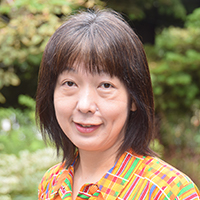
- Yukino IWAI
- Associate professor, The Hirayama Ikuo Volunteer Center (WAVOC)
- Professor Iwai received her Ph.D. from the Kyoto University Graduate School of Human and Environmental Studies. She joined the WAVOC faculty in 2005 after working with the Japan Overseas Cooperation Volunteers. Her field of expertise is African regional studies under environmental sociology. Apart from focusing on how volunteer involvement can address the issues of crop damage caused by African elephants in Tanzania and by wild animals in rural villages in Japan, she also provides support for students involved in educational assistance and regional revitalization projects.
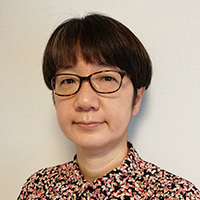
- Chika HYODO
- Associate professor, The Hirayama Ikuo Volunteer Center (WAVOC)
- Professor Hyodo is a graduate of the University of Tokyo Graduate School of Education. She has been a member of the WAVOC faculty since 2006, and has sponsored numerous student volunteer projects in her area of expertise, “support for socially marginalized minorities.” Recently, she has been involved in research and practice related to facilitating university student learning through the development of a technique to help students learn how to verbalize their subjective experiences by “contextualizing yourself in society.”
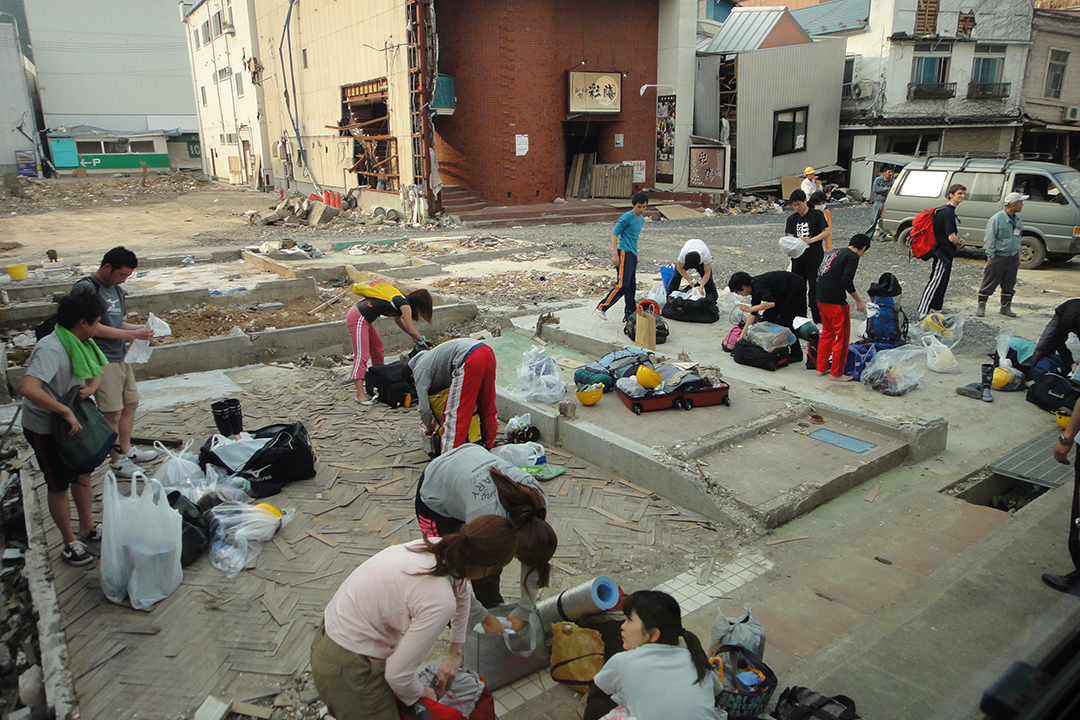
Sending students to disaster areas is not always helpful
The Hirayama Ikuo Volunteer Center (WAVOC), which organizes and manages the university’s student volunteer projects, has faculty members who oversee the student volunteer programs. Professor Iwai, who specializes in social environmental issues in the African regions and Professor Hyodo, who specializes in issues concerning social discrimination and prejudice, have worked with volunteers supporting reconstruction efforts in the areas affected by the Great East Japan Earthquake for several years. Professor Iwai recalls how, immediately after the disaster struck, WAVOC was feeling its way as to what to do with regard to disaster relief programming.
“At that time, there were a lot of students interested in going to disaster areas to help. For WAVOC, too, it would have been natural to provide student volunteers where they were needed. However, given that the students understandably did not have any special expertise to offer and they were not yet equipped with the heightened social awareness that comes with age and experience, what could they do to be of help? As the faculty members responsible for the said projects, I think it took us some time to come up with answers.”
Based on her personal experience and her knowledge of other faculty members, and of past WAVOC programs, Professor Hyodo created 10 guidelines for Student Earthquake Volunteers , that is, a set of rules they would need to keep in mind to prepare themselves for visiting disaster areas. These included fundamental safety-related reminders (e.g., “Sign up for volunteer insurance” and “In disaster areas, partner with people you can trust”), suggestions on how to consciously avoid getting in the way of restoration efforts in disaster sites (e.g., “Be a sympathetic listener” and “Don’t take on work that the disaster victims should do themselves”), and tips on how to manage one’s physical and mental health (e.g., “Stop any activity you find upsetting” and “Be clear about your limits”). In particular, there have been numerous cases in which very sensitive students over-empathized with disaster victims and became so psychologically damaged that they harmed or inconvenienced the local residents.
「“I had seen numerous cases wherein students are just not the right fit for the task or they somehow get in the way of reconstruction efforts. However, I thought that if I could put together a comprehensive and concise to-do list, then even university students could contribute to disaster relief efforts on the ground.”“I had seen numerous cases wherein students are just not the right fit for the task or they somehow get in the way of reconstruction efforts. However, I thought that if I could put together a comprehensive and concise to-do list, then even university students could contribute to disaster relief efforts on the ground.”
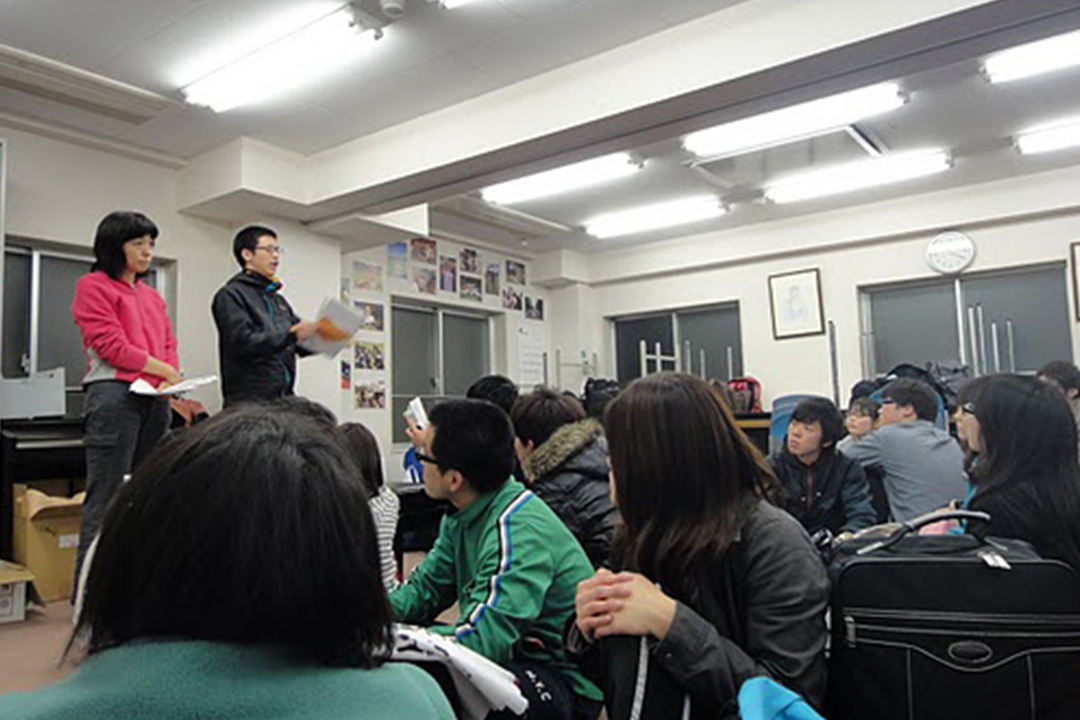
Two occasionally conflicting objectives: Contributing to disaster relief and providing a meaningful educational experience
The WAVOC began sending students to Tohoku in April 2011. Although workforce was clearly needed, the situation had not yet stabilized. All kinds of confusing information were being circulated and aftershocks continued to strike the areas affected by the disaster. Meanwhile, in Tokyo, classes were still ongoing, so the students who were sent to help could not stay there for very long. The initial volunteer program usually lasted for 3 days without any overnight stay. Students rode an overnight bus and, after working for several hours during the day, got on a night bus back to Tokyo. Professor Iwai was one of the group leaders who accompanied the students.
“There were times when aftershocks occurred while we were gathering for a routine ceremony we had before setting out for the day. As the person responsible for leading the group, I had to prioritize the safety of the students. However, we also needed to get to the disaster site to help out as soon as possible. These kinds of conflicts continued throughout the latter half of that year.”
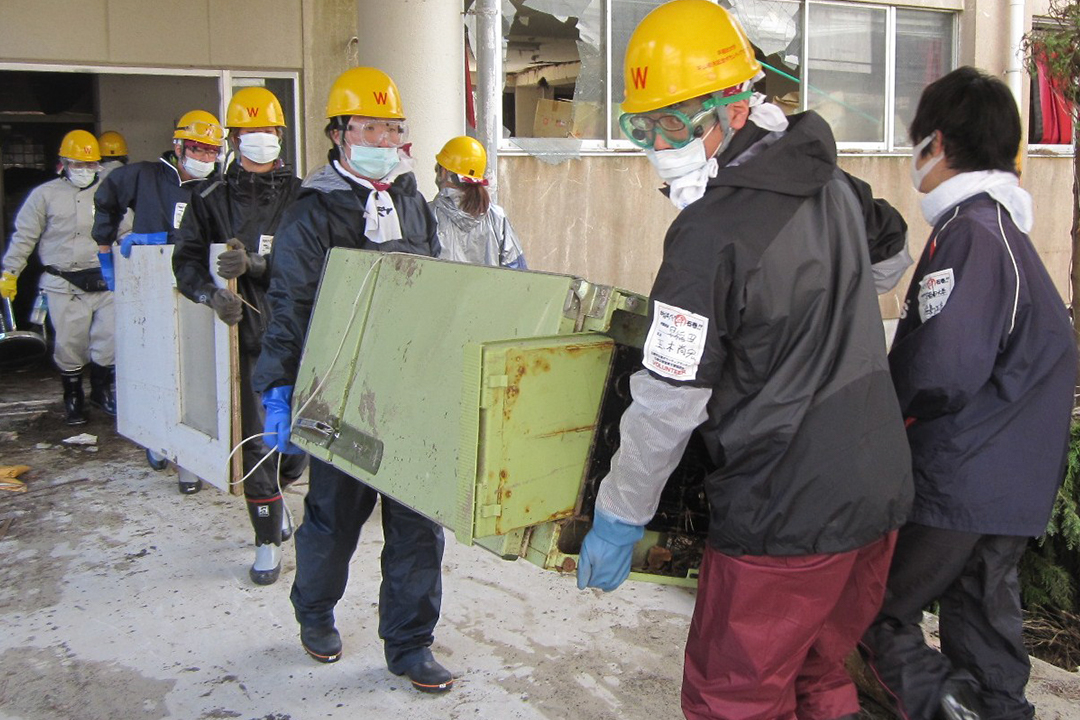
At times, Professor Iwai struggled with bridging the gaps that emerged between the feelings of local residents and the students.
“From May through June, WAVOC was given the opportunity to help out with projects in the city of Kesennuma in the Miyagi Prefecture with the cooperation of the local chapter of a Waseda alumni organization. One of the projects was to clean up a sake brewery that had sustained considerable damage and we helped out just as we had for the clean-up of other buildings. However, when I talked with the brewery’s president afterward, he informed me that, women were actually prohibited from entering the brewery. I think that it must have been an agonizing decision for him to allow a group of students, which included women, into their building when no women had ever set foot in it before. He must have felt guilty for breaking such a time-honored tradition. Nevertheless, despite this complicated situation, he cheerfully thanked me for bringing the students to help him out, saying that he was truly grateful.”
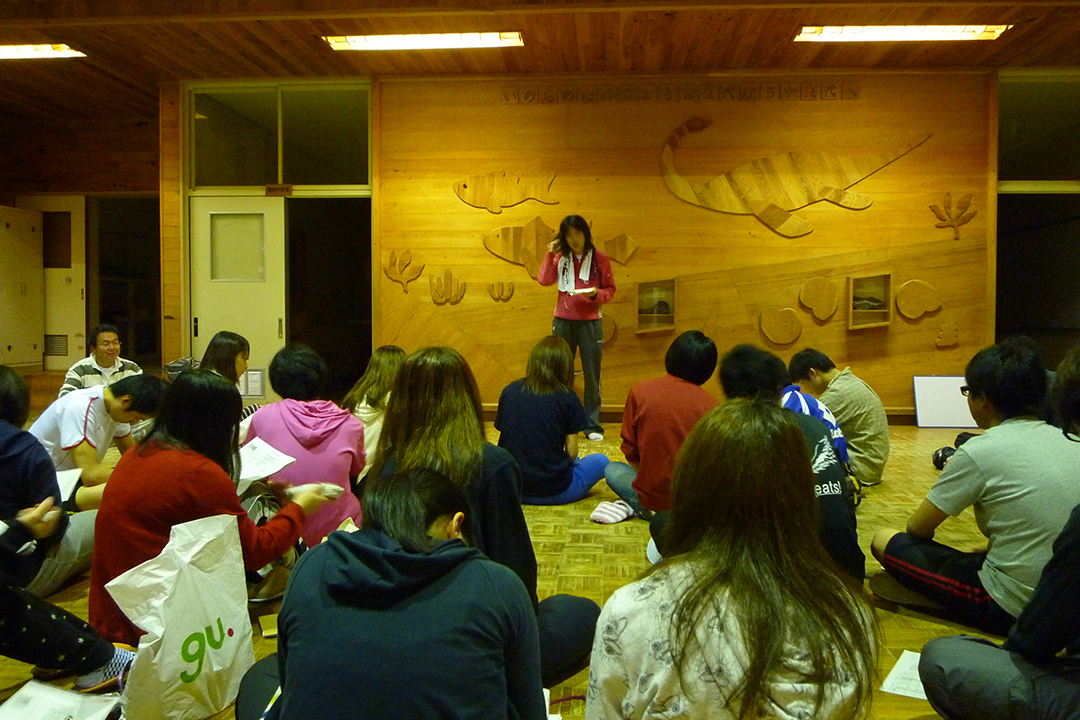
According to Professor Iwai, as a WAVOC faculty member, there is nothing more daunting than to manage both the relief and educational objectives of disaster volunteer projects.
“Given that WAVOC is an educational institution, its disaster relief volunteer projects have to simultaneously contribute to the affected areas and to student growth. However, there are never cases wherein a project is done for student growth alone. Although occasionally, there are, cases when the two aforementioned objectives clash, but I think such cases have always presented a reconciliation challenge to faculty members. Rather than focusing on what students can learn from disaster victims, I felt it was more important to send as many students as possible to a disaster area where they could do relief work and get exercise for the first six months. Even then, many disaster victims took the time to explain things to the students and answer their questions. I believe that this ultimately provided the students with truly meaningful learning experiences.”
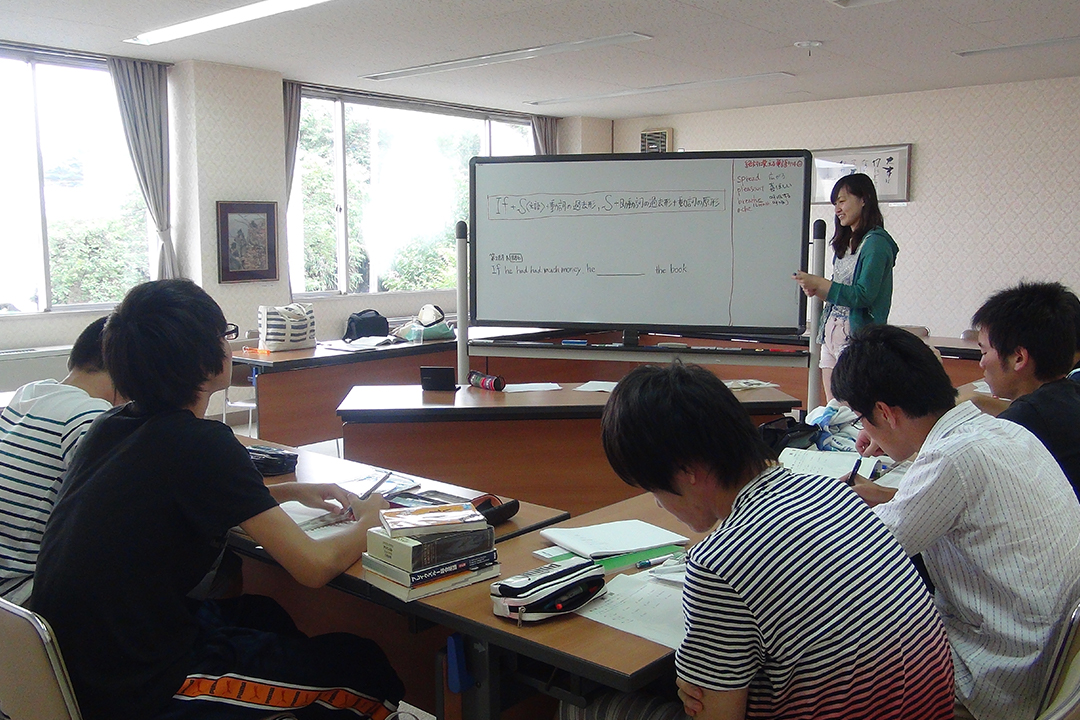
Giving university students in Tokyo an opportunity to hear the voices of marginalized people
Professor Hyodo supervised a Waseda University learning support program for student evacuees from Fukushima’s Futaba High School. This was a 10-day retreat during which university students taught classes to the high school students. Despite the simplicity of the program, carrying it out was not easy.
“Most of the Waseda students had no prior teaching experience, so, first of all, they had to learn how to teach through simulating the teaching of mock classes, for example. In addition, I tried hard to ensure that, they were sufficiently knowledgeable about Japanese nuclear policy, and the history, culture and communities of the Futaba district beforehand.”
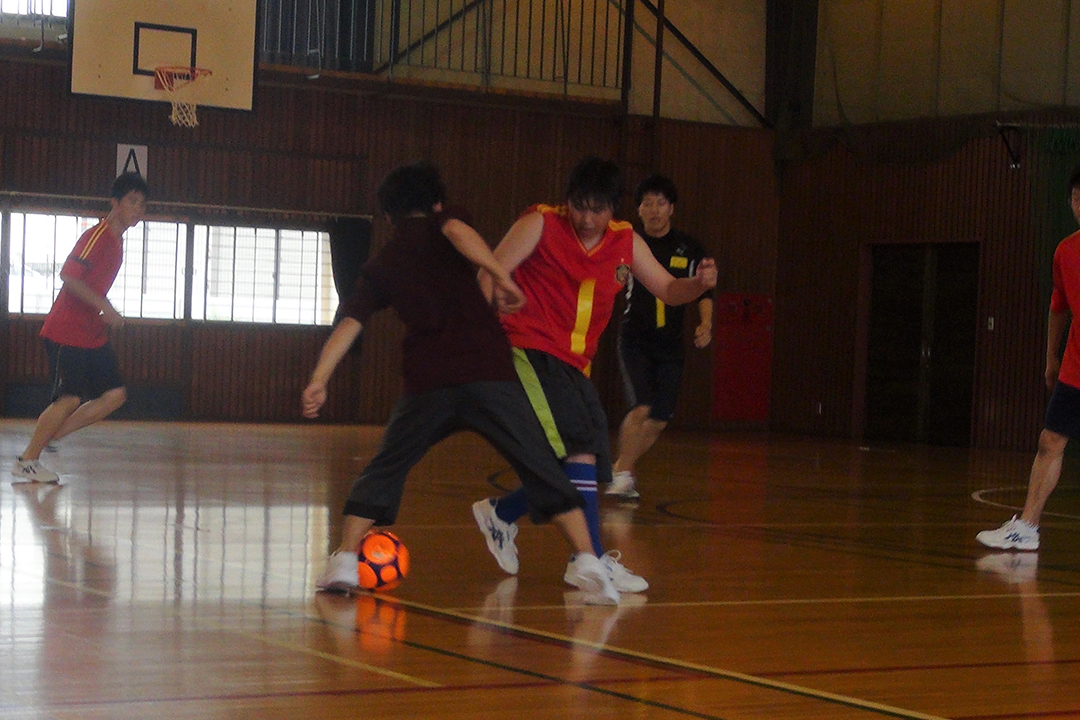
Futaba High School was located 3.5 kilometers from the Fukushima Dai-chi Nuclear Power Plant where the nuclear accident occurred. All of the students were forced to evacuate and had continued their school lives at Futaba High School, which became a “satellite school,” borrowing rooms from other high schools. During that time, the high school students who participated in this tutoring program were discriminated against due to their exposure to radiation.
“The program was not just about studying. It also involved recreation and other activities, and since the high school and Waseda students were together 24 hours a day, their relationships deepened. There must have been nights when the high school students shared their painful experiences because some of the Waseda students were crying one day. I began to worry that the situation would exacerbate the high school students’ trauma and wonder whether the Waseda students would be able to relate to how they felt. Accordingly, I decided to set aside time for the high school students to talk about the earthquake disaster on the final day.
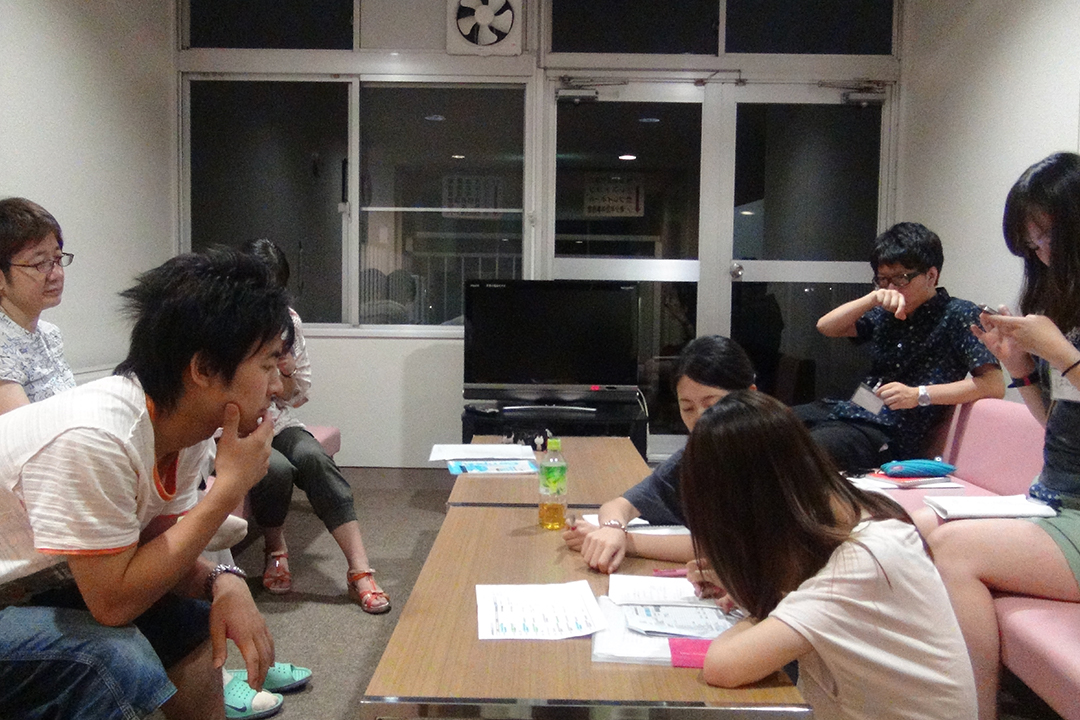
The torrent of words unleased by the high school students must have been far beyond what the Waseda students could have ever imagined:
‘People think that the we are contaminated with radiation’, ‘It’s not like we chose to become disaster victims’, and ‘I thought the people of Tokyo couldn’t have cared less about us.’
“My thinking was that I wanted to have the Waseda students hear the voices of these marginalized disaster victims in-person. I have no doubt that I was able to let them see Fukushima’s problems as their own. However, at the time, less the six months had passed since the earthquake and the trauma would have still been very fresh in the high school students’ minds. Up until now, I still can’t say whether I made the right decision. Still, I believe that it’s my job to get to know the processes better which university students use to search for answers about discrimination and prejudice, and that can be done in Fukushima.”
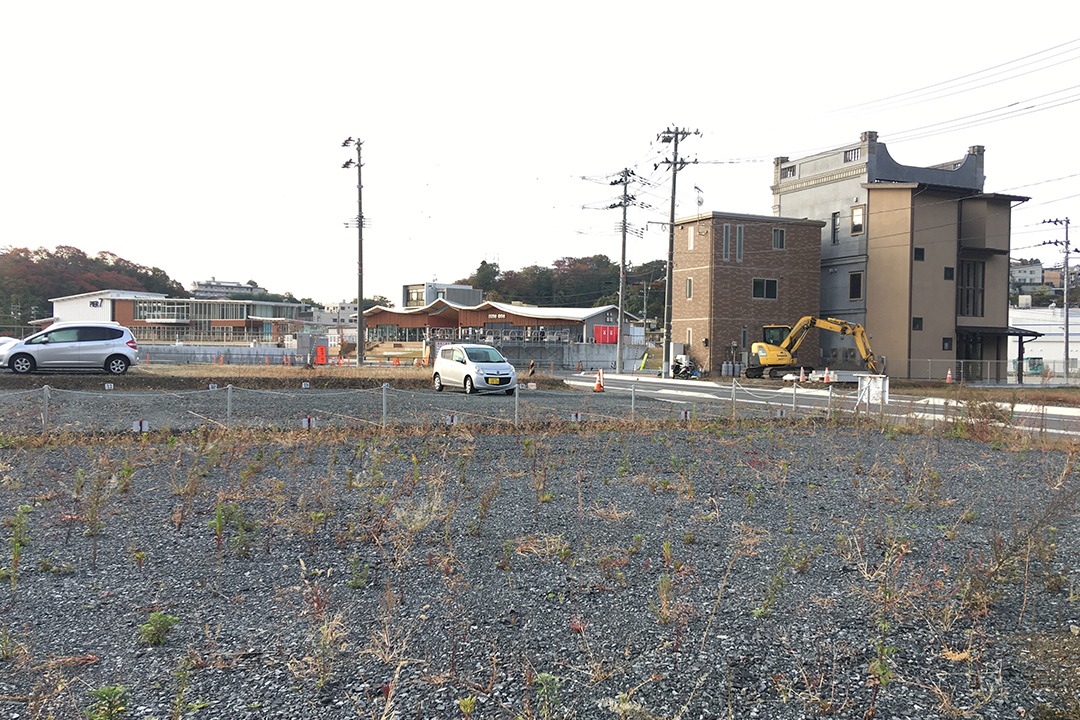
Have the disaster-stricken areas truly been reconstructed after 10 years?
Now that 10 years have passed since the earthquake struck, what do these two faculty members think? In 2020, Professor Iwai visited Kesennuma for the first time in seven years since 2013 and found that some of the lots were still vacant.
“The president of a sake brewery who had been very helpful during my past visit welcomed me in the same way he did back then. What left an impression on me was his comment that “For me, when I hear someone say ‘last year,’ I still think they are referring to the year before the earthquake disaster.” What he meant was that the last 10 years passed without a trace. No significant milestones were reached to mark the passage of time, and there was still so much to do. I could feel the difference how people view the disaster in the areas affected by the disaster and those outside its range. On the ground, there has been no closing of a chapter in this saga. I want new generations of university students to know that.”
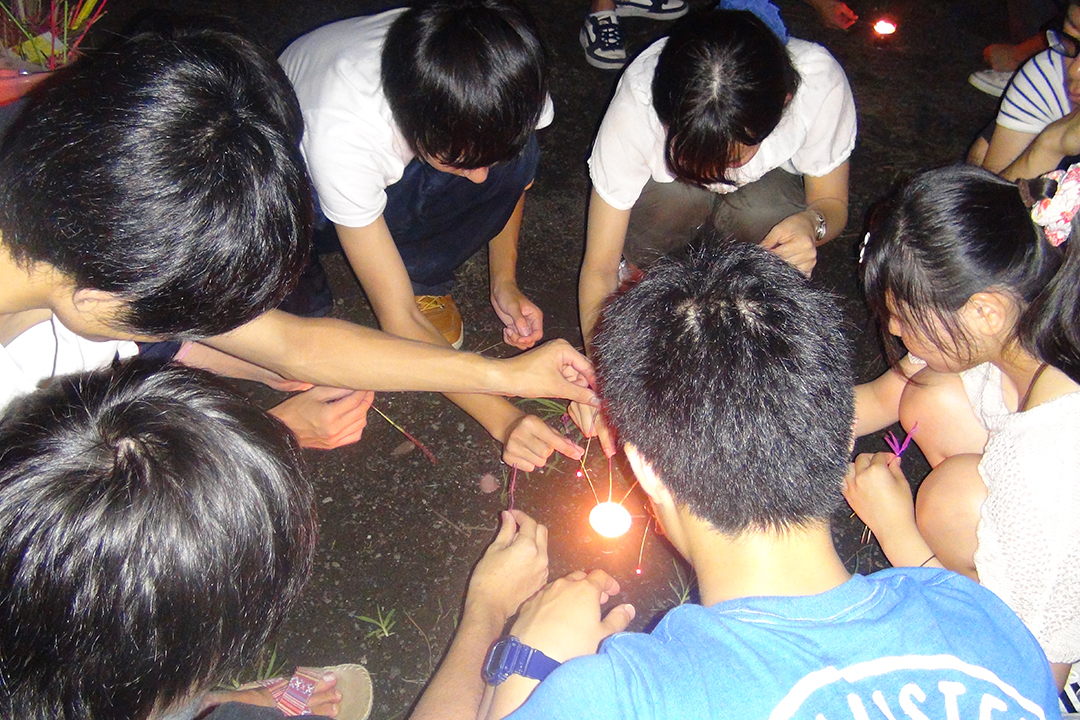
Professor Hyodo is still in contact with the graduates of the now-defunct Futaba High School.
“The [Futaba High School] graduates are currently active members of society. In particular, many of them have made careers in the medical field, which include nursing and occupational therapy. There were also graduates who became radiologists with the objective of ‘saving the growing number of patients with cancer due to radiation exposure.’ A number of graduates also returned to Fukushima to find employment. However, meanwhile, the consciousness of people living outside the disaster areas, including people in Tokyo, tends to focus only on the 10-year story of ‘reconstruction.’ In fact, they may have already begun to lose interest in issues such as discrimination and prejudice related to radiation exposure as well as to other issues that remain unresolved. In Fukushima, as well as in Japan, many radiation-related matters remain a taboo and most urgent issues unfortunately remain unresolved.









